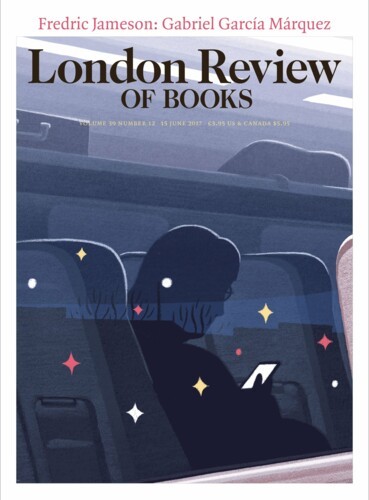Least said, soonest Mende
John Ryle, 4 December 1986
Radiance from the Waters: Ideals of Feminine Beauty in Mende Art
by Sylvia Ardyn Boone.
Yale, 281 pp., £30, August 1986,0 300 03576 4 Show More
by Sylvia Ardyn Boone.
Yale, 281 pp., £30, August 1986,
“... they are divided over the desirability of hair under the arms. Most Mende have skin that is dark brown, but they prefer copper or jet-black, the colour of the mask and they dye their hair black with indigo. Conversely, girls undergoing initiation paint their faces with white clay. They are, like most African peoples, obsessively clean by Western ... ”
